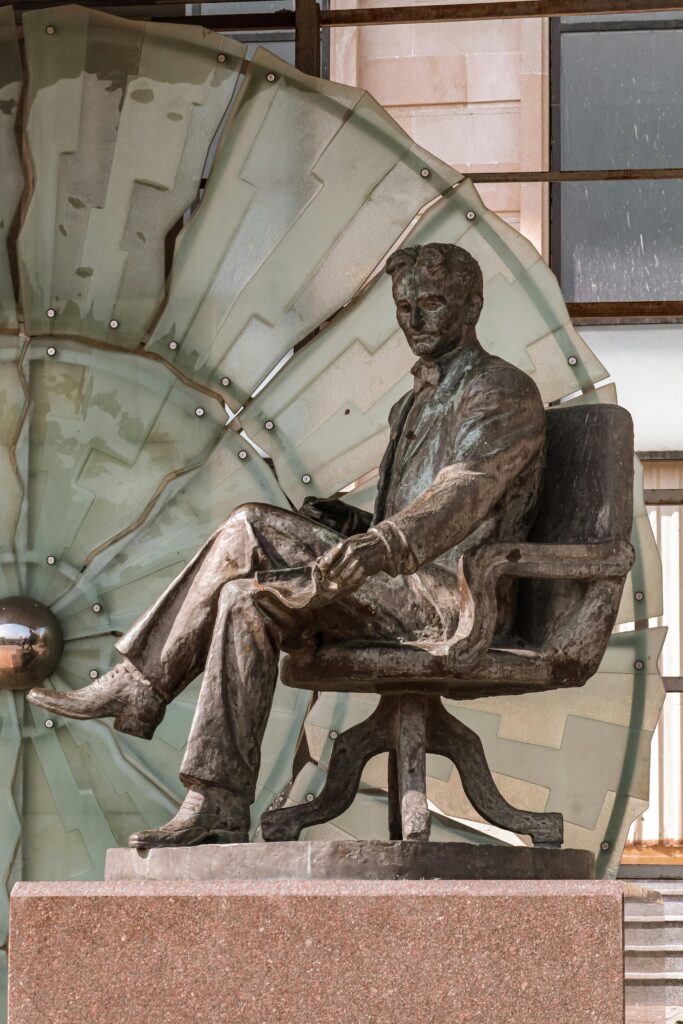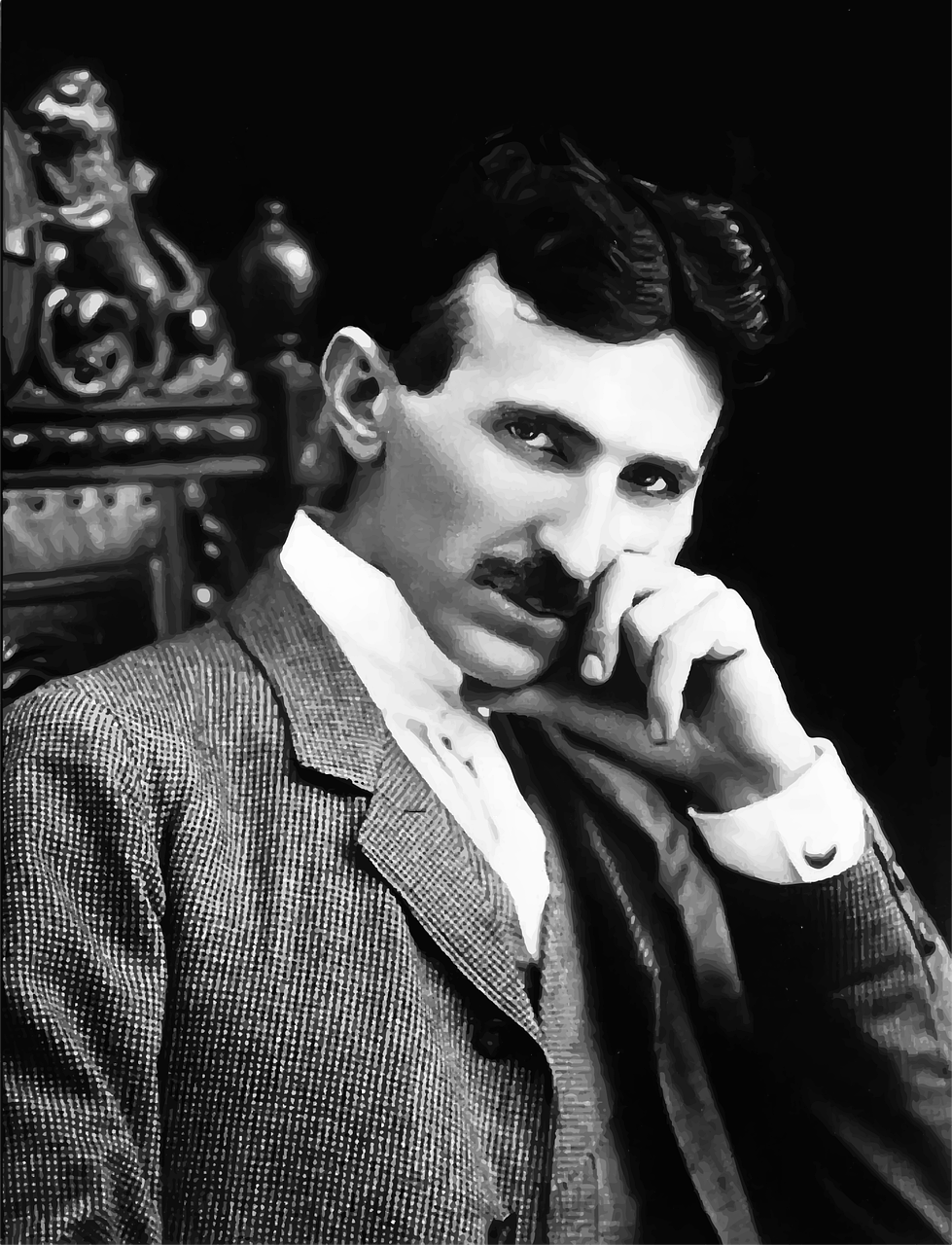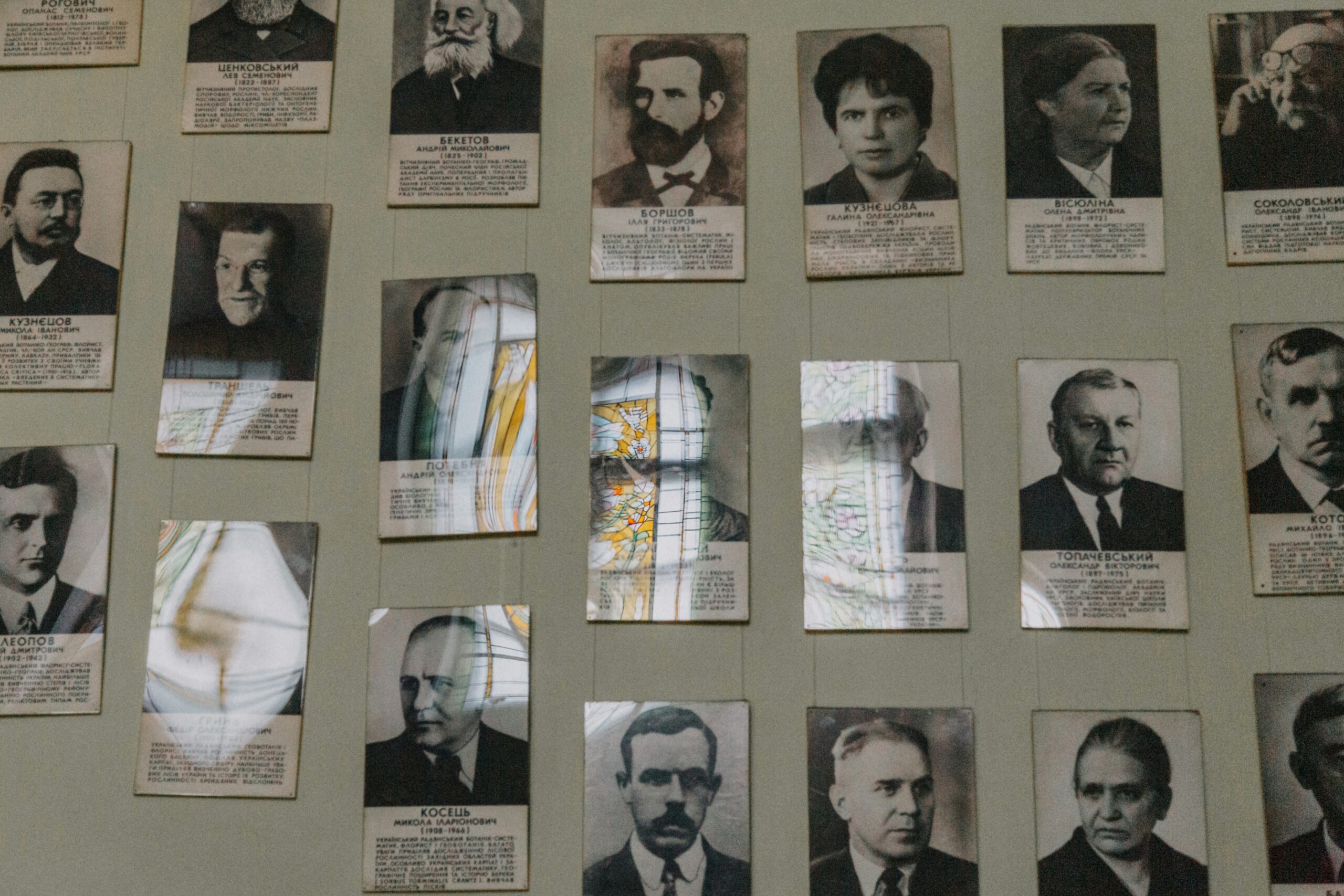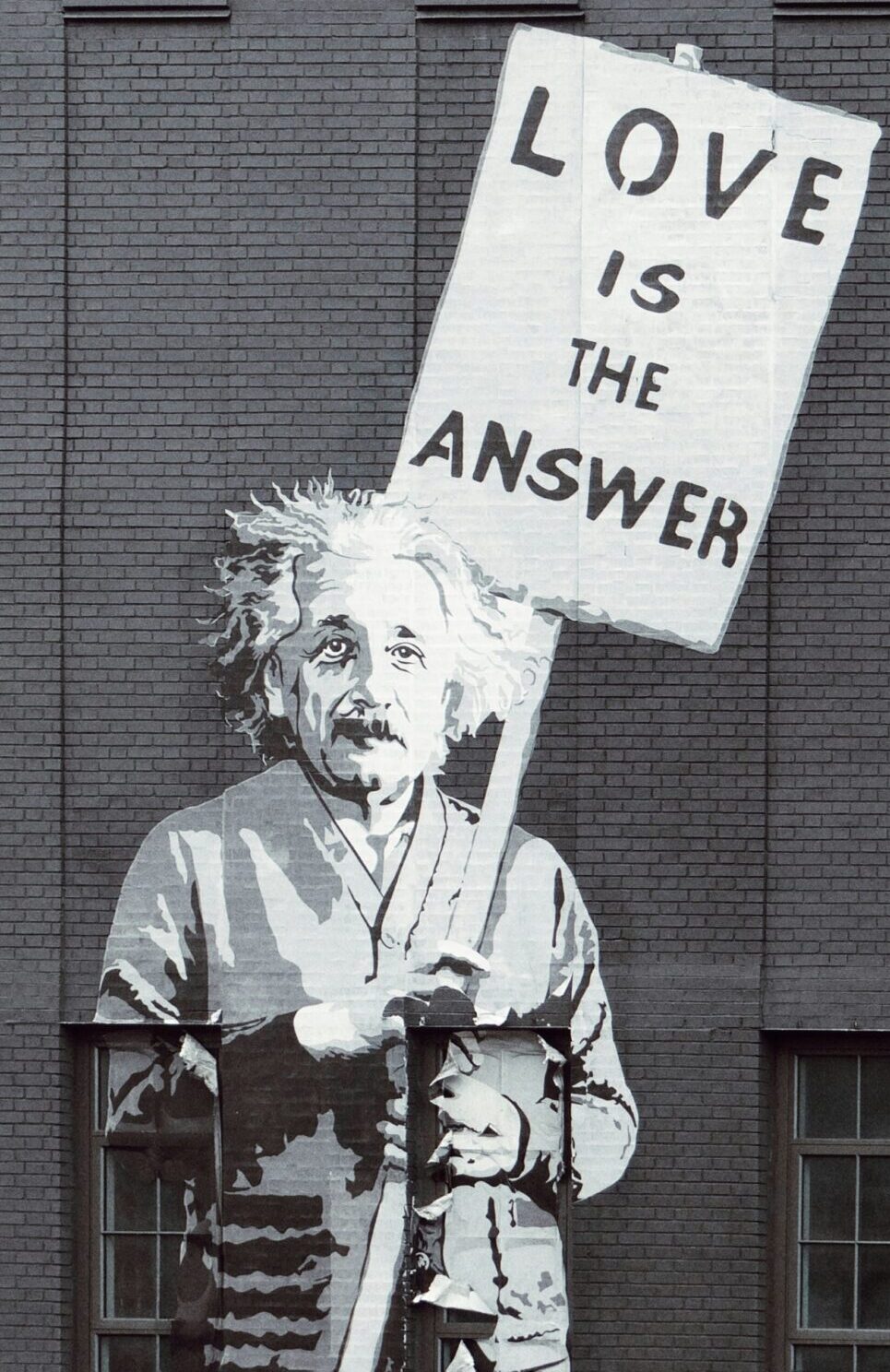A Spark Ignites in Smiljan
Picture a stormy night in 1856, in a remote village called Smiljan, nestled in what is now Croatia. On July 10, as thunder rumbled, Nikola Tesla entered the world—born, as he later quipped, “at the stroke of midnight, with lightning striking.” The fourth child of Milutin Tesla, a Serbian priest with a flair for poetry, and Đuka Tesla, an inventive homemaker, Nikola grew up surrounded by books and makeshift gadgets. His mother’s knack for crafting tools from scratch ignited his curiosity, while his father’s intellect shaped his razor-sharp mind. A prodigy with a photographic memory, young Tesla could recite entire books and solve complex equations in his head—an early hint of the brilliance to come.
Tesla attended the Austrian Polytechnic in Graz in 1875, where he initially excelled in his studies, particularly in physics and mathematics. However, due to disagreements with professors and a growing obsession with electrical experimentation, he left the university before completing his degree. Later, he briefly attended Charles-Ferdinand University in Prague but did not earn a degree.
Life wasn’t all smooth circuits, though. A teenage brush with cholera nearly ended his story, but a deal with his father—to swap a priest’s robes for an engineer’s toolkit—kept him alive and dreaming. Tesla dazzled at the Austrian Polytechnic in Graz, only to fumble his second year amid a gambling spree and clashes with professors. Undeterred, he bounced between jobs—drawing maps in Maribor, tinkering with telephones in Budapest—before a revelation struck in 1882: the concept of a rotating magnetic field. It was the seed of a revolution, and it propelled him to America’s shores in 1884, armed with four cents and a letter for Thomas Edison.
Nikola Tesla remains one of history’s most influential inventors, yet his contributions were often overshadowed by contemporaries such as Thomas Edison and Guglielmo Marconi. Despite facing financial hardships and being underappreciated during his lifetime, Tesla’s scientific advancements in electromagnetism, robotics, and wireless energy transmission have shaped modern technology.
The Mind That Rewired Science
Tesla’s brain was a lightning storm of ideas, and his research rewrote the rules of electricity and beyond. Let’s dive into the currents of his genius:
- Alternating Current (AC): Powering the Planet Tesla developed the polyphase AC power system, which allowed electricity to be transmitted over long distances efficiently. This system was far superior to Thomas Edison’s direct current (DC) model, as AC could be stepped up and down in voltage using transformers. His motors and transformers, patented in the late 1880s, turned George Westinghouse into an ally and Edison into a rival. The “War of Currents” ended when Tesla’s AC system, backed by industrialist George Westinghouse, was used to light the 1893 World’s Columbian Exposition in Chicago. This victory led to AC becoming the global standard for electrical power distribution. Edison’s direct current (DC) was a flickering candle; Tesla’s AC was a blazing torch. Today, every humming power line owes him a silent salute.
- The Tesla Coil: Sparks of Wonder
In 1891, Tesla unveiled a gadget straight out of science fiction: the Tesla Coil. This high-voltage, high-frequency transformer didn’t just buzz—it roared, spitting lightning bolts and hinting at wireless power transmission, radio waves, and X-ray technology. He used it to dazzle audiences and probe the mysteries of electromagnetism. It’s still a star in labs and even inspires modern musicians who play it like an electric symphony. . - Wireless Dreams and Wardenclyffe
Tesla wasn’t content with wires. Tesla envisioned a world where energy could be transmitted wirelessly. Colorado Springs, he turned the night sky into a fireworks display of artificial lightning, proving energy could leap through the air. His most ambitious project, the Wardenclyffe Tower in 1901, aimed to provide free global wireless power. However, financial constraints and lack of support from investors, such as J.P. Morgan, led to its abandonment. Today, Tesla’s ideas are being revisited in the development of wireless charging and energy transmission technologies. - Radio Waves and Robotic Boats
Tesla’s early experiments in radio transmission predated Marconi’s work. In 1893, Tesla demonstrated wireless signals, laying the groundwork for modern communication technologies, including radio, television, and mobile networks. In 1893, he lectured on high-frequency currents; in 1898, he stunned crowds with a remote-controlled boat—robotics before the word existed. In 1943, the U.S. Supreme Court recognized Tesla’s patents, officially crediting him with the invention of radio. - X-Rays and Wild Frontiers
esla conducted extensive research on electromagnetic waves and their medical applications. Independently of Wilhelm Röntgen, he experimented with high-frequency currents that could penetrate solid objects, contributing to the development of X-ray imaging.He mused about particle beams, radar-like systems, and even a “death ray” (or peace beam, as he preferred). Funding shortages kept many of these in his notebook, but they tease us with glimpses of a futuristic mind. - Robotics, Automation, and Remote Control In 1898, Tesla demonstrated a radio-controlled boat, showcasing his ideas on automation and robotics. His work laid the foundation for modern robotics, drone technology, and artificial intelligence.
- Mechanical Oscillators and the “Earthquake Machine” Tesla experimented with mechanical resonance and claimed to have developed a small oscillating device capable of producing artificial earthquakes. Although the large-scale impact remains unproven, his work contributed to advancements in vibrational energy and structural engineering. .
A Legacy That Powers Modernity
Tesla didn’t just invent—he reshaped civilization. His AC system electrified the industrial age, lighting homes and driving machines. Niagara Falls became a monument to his vision, and his patents laid tracks for radio, TV, and even the internet’s wireless whispers. Yet, for all his brilliance, he died penniless in 1943, a recluse in a New York hotel, surrounded by pigeons he adored—one of which, he confessed, stole his heart.
Tesla’s Lasting Impact on Science and Technology
Tesla’s scientific contributions have shaped several key industries:
- Power Generation and Distribution: His AC system remains the global standard.
- Wireless Communication: His research laid the foundation for modern radio, Wi-Fi, and Bluetooth.
- Medical Imaging: His studies influenced the development of MRI and CT scan technologies.
- Renewable Energy: His vision for sustainable energy inspired modern advancements in solar and wind power.
- Artificial Intelligence and Robotics: His ideas on automation foreshadowed modern AI applications.
Tesla Today: Echoes of a Visionary
Fast-forward to 2025, and Tesla’s fingerprints are everywhere. AC grids still hum with his genius. Wireless charging pads and Wi-Fi routers nod to his Wardenclyffe dreams. Tesla coils spark awe in classrooms and concerts. And companies like Tesla, Inc.—named for him—push boundaries with electric cars and solar power, echoing his call to “harness the forces of nature.” His wilder ideas—beaming energy or talking to Mars—fuel sci-fi and science alike, proving the future he foresaw is still unfolding.
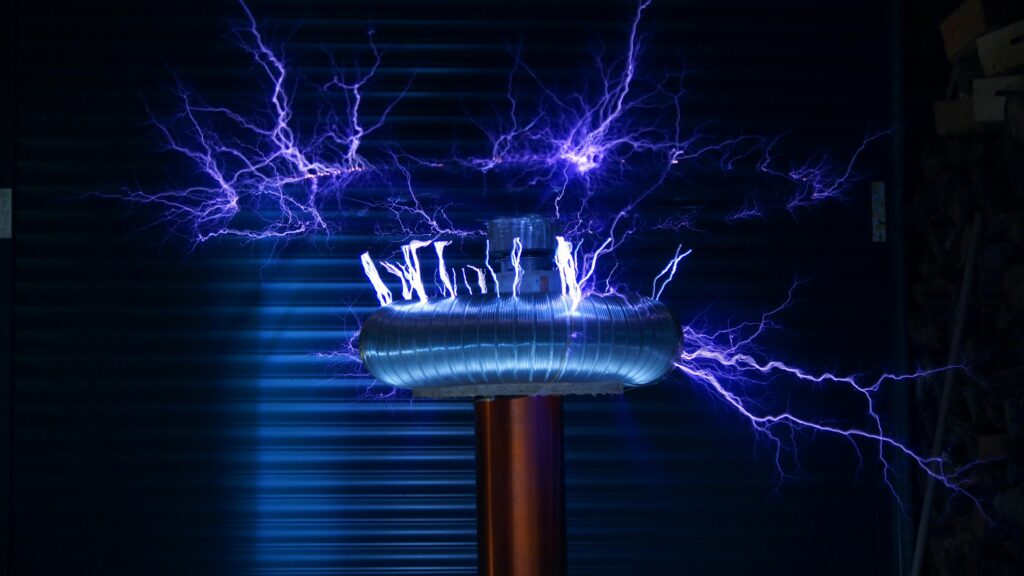
Interesting Facts About Nikola Tesla
- He spoke eight languages including Serbian, English, German, and Latin. and held over 300 patents, yet shunned jewelry and germs with equal disdain.
- Tesla was known for his eccentric behavior, such as an aversion to pearls and an obsession with the number three.
- He claimed to have received signals from extraterrestrial beings, though this was later attributed to natural cosmic radio waves.
- The SI unit for magnetic flux density, the tesla (T), is named in his honor.
- Tesla died penniless in a New York hotel room on January 7, 1943, despite his numerous contributions to humanity.
- Tesla slept two hours a night, claiming the rest was for lesser minds.
- He once detected odd signals in Colorado, hinting at alien chatter—a mystery unsolved.
- A pigeon-obsessed bachelor, he said, “I loved that pigeon as a man loves a woman, and she loved me.”
Words from the Wizard
“The present is theirs; the future, for which I really worked, is mine.”
“If you want to find the secrets of the universe, think in terms of energy, frequency, and vibration.”
“The desire that guides me… is to harness the forces of nature to the service of mankind.”
“My brain is only a receiver… there is a core from which we obtain knowledge.”
“Let the future tell the truth, and evaluate each one according to his work.”
“I don’t care that they stole my idea… I care that they don’t have any of their own.”
“The progressive development of man is vitally dependent on invention.”
“The day science begins to study non-physical phenomena, it will make more progress in one decade than in all the previous centuries of its existence.”
Nikola Tesla’s contributions to electricity, communication, and automation have left an indelible mark on science and technology. Despite his financial struggles and being overlooked during his lifetime, Tesla’s innovations continue to influence and inspire modern advancements. His forward-thinking ideas serve as a testament to the power of curiosity, vision, and perseverance in scientific progress. As researchers revisit his work, Tesla’s legacy remains more relevant than ever in shaping the future of energy, communication, and artificial intelligence. Tesla was a comet—blazing, eccentric, and gone too soon. Oxford’s halls might marvel at a man who saw tomorrow, built it with his hands, and left us chasing his lightning.
